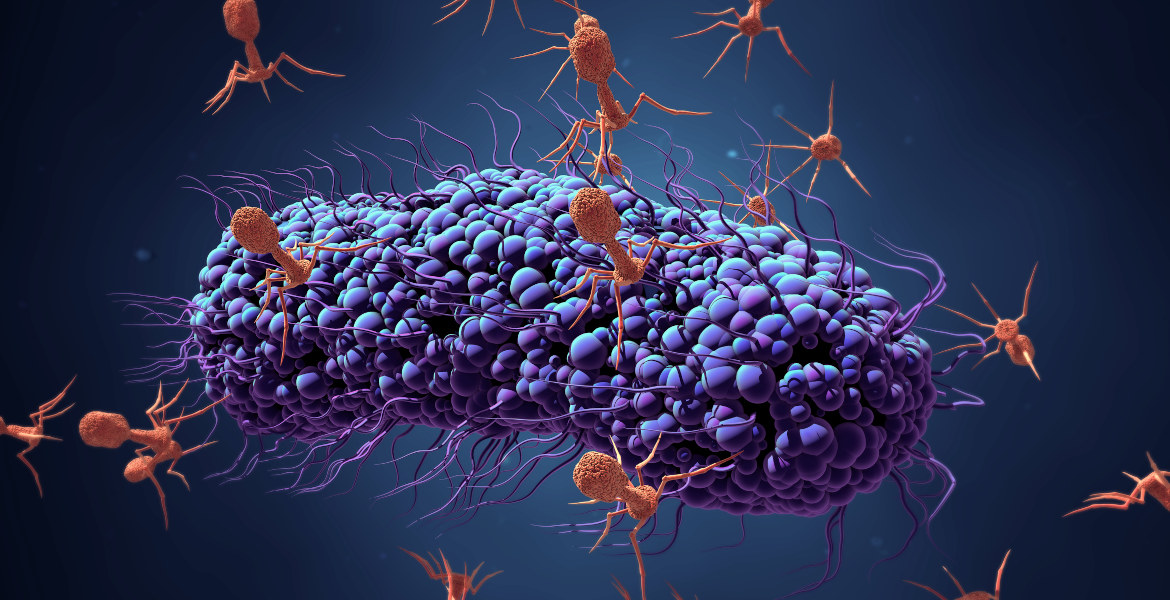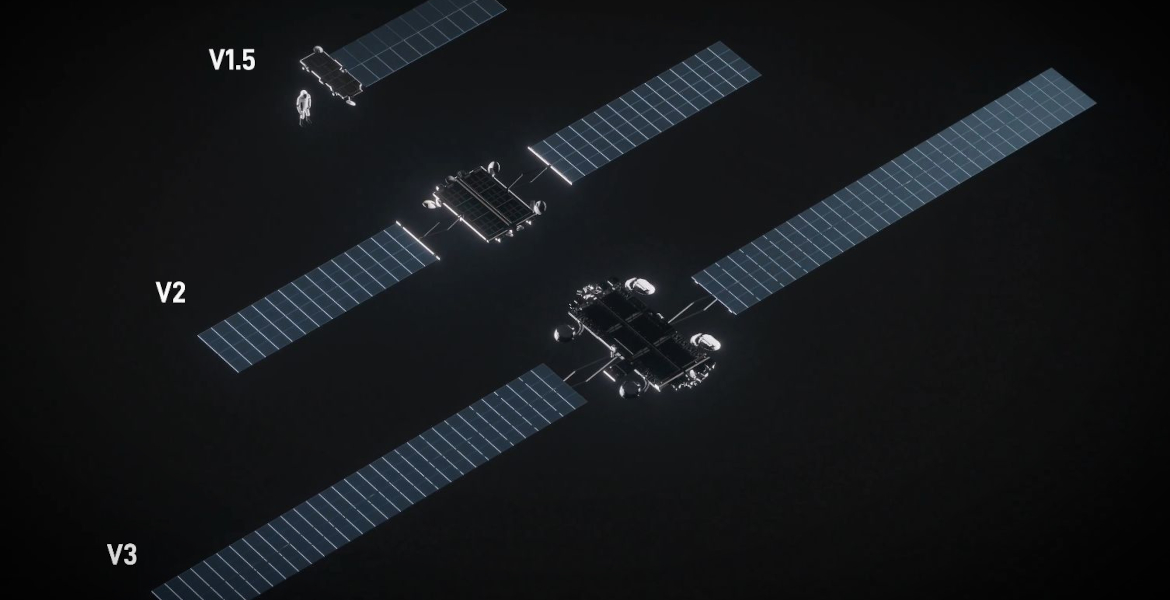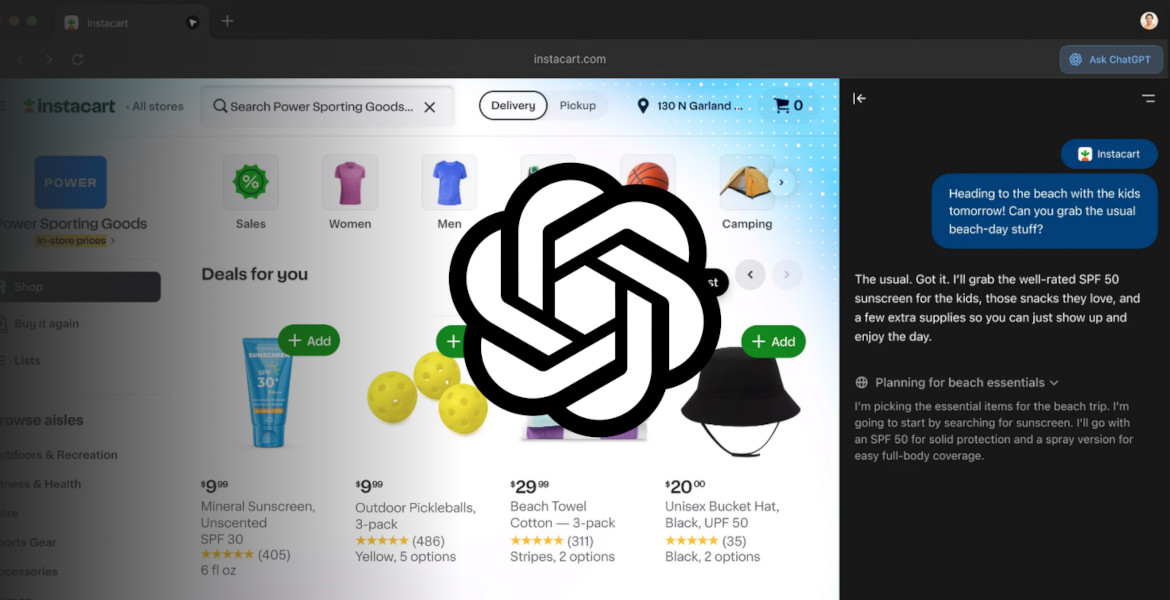Researchers in California have used artificial intelligence to design viruses that can reproduce and kill bacteria.
The breakthrough opens up new medical treatments – but also risks becoming a dangerous weapon in the wrong hands.
Researchers at Stanford University and the Arc Institute have for the first time succeeded in creating complete genomes using artificial intelligence. Their AI-designed viruses can actually reproduce and kill bacteria.
— That was pretty striking, just actually seeing, like, this AI-generated sphere, says Brian Hie, who leads the laboratory at the Arc Institute where the work was carried out.
The team used an AI called Evo, trained on genomes from around 2 million bacteriophages (viruses that attack bacteria). They chose to work with phiX174, a simple virus with just 11 genes and 5,000 DNA letters.
16 of 302 worked
The researchers let the AI design 302 different genome variants, which were then chemically manufactured as DNA strands. When they mixed these with E. coli bacteria, they achieved a breakthrough: 16 of the designs worked and created viruses that could reproduce.
— They saw viruses with new genes, with truncated genes, and even different gene orders and arrangements, says Jef Boeke, biologist at NYU Langone Health who was given advance access to the study.
Since viruses are not considered living organisms, this is not yet truly AI-designed life – but it is an important first step toward that technology.
Major medical potential
The technology has great potential in medicine. "Most gene therapy uses viruses to shuttle genes into patients' bodies, and AI might develop more effective ones", explains Samuel King, the student who led the project.
Doctors have previously tried so-called phage therapy to combat serious bacterial infections, something that AI-designed viruses could improve.
"Grave concerns"
But the technology's development also raises strong concerns. The researchers have deliberately avoided training their AI on viruses that infect humans, but others could misuse the method.
— One area where I urge extreme caution is any viral enhancement research, especially when it’s random so you don’t know what you are getting. If someone did this with smallpox or anthrax, I would have grave concerns, warns J. Craig Venter, a pioneer in synthetic biology.
Venter believes that the technology is fundamentally based on the same trial-and-error principle that he himself used two decades ago, just much faster.
Future challenges
Creating larger organisms is significantly more difficult. E. coli has a thousand times more DNA than phiX174. "The complexity would rocket from staggering to way way more than the number of subatomic particles in the universe". explains Boeke.
Jason Kelly, CEO of biotech company Ginkgo Bioworks, believes that automated laboratories where AI continuously improves its genome designs will be needed for future breakthroughs.
— This would be a nation-scale scientific milestone, as cells are the building blocks of all life. The US should make sure we get to it first, says Kelly.






